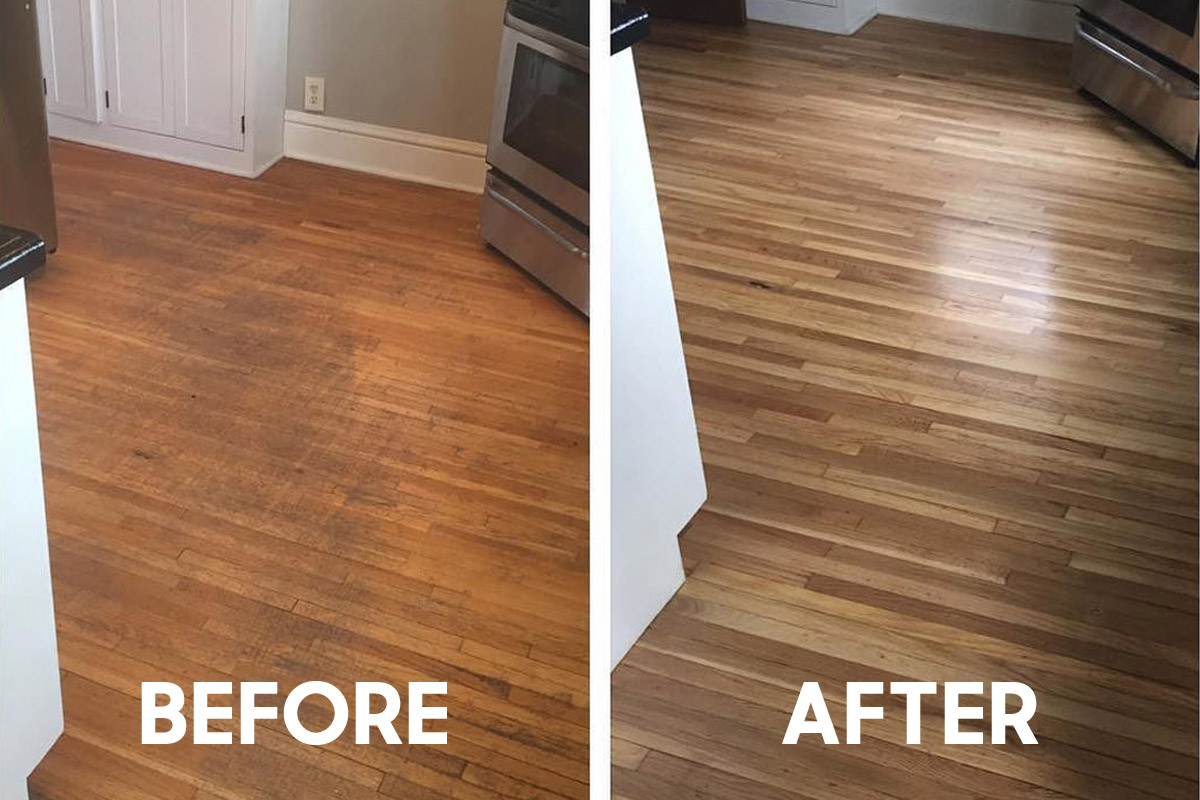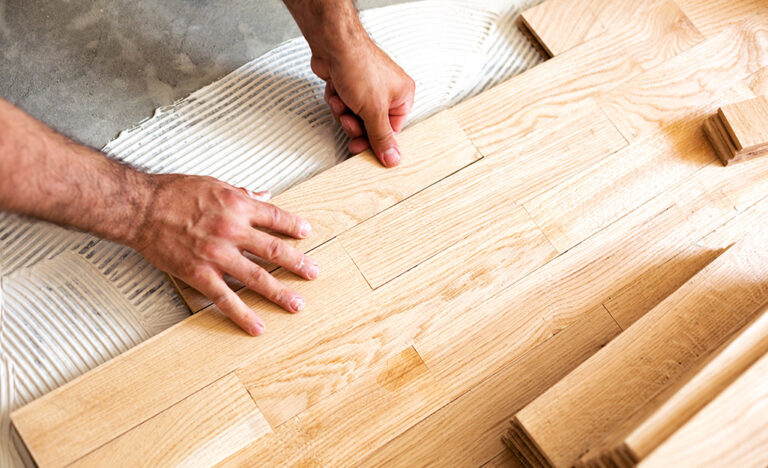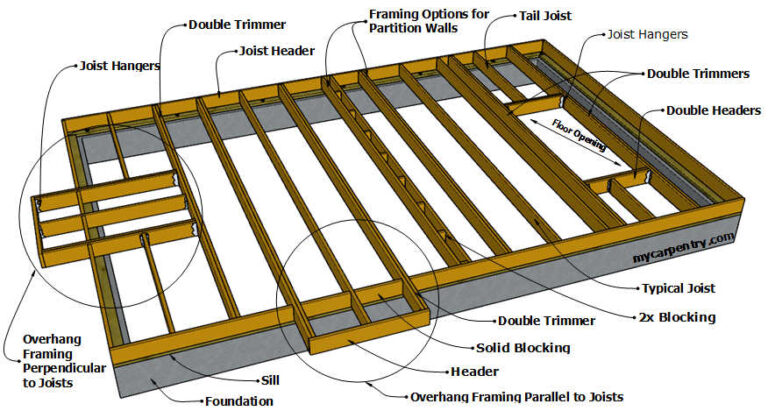Have you ever walked across your hardwood floors and noticed they’ve lost their luster? Or maybe there are scratches and stains that just won’t go away.
You might be thinking about replacing them, but then comes the big question: how much does it cost to replace hardwood floors? Understanding the costs can feel overwhelming, but don’t worry—you’re not alone. Your floors are an investment, not just in your home’s aesthetic appeal, but in its value.
Dive in, and you’ll discover all the elements that contribute to the cost of replacing hardwood floors. From materials and labor to hidden fees, we’ll guide you through everything you need to know, so you can make the best decision for your home and budget. Keep reading, and soon you’ll feel confident in your choice, knowing exactly where your money is going and why it’s worth it.

Factors Influencing Hardwood Floor Replacement Cost
Hardwood floors come in many types. Some are more expensive than others. Oak, maple, and cherry are common choices. Exotic woods like mahogany cost more. Each type has a different look and feel. Choosing the right type affects the cost.
Wood quality matters a lot. Higher grade woods look better. They also last longer. Higher quality means higher prices. Lower grades may have more knots. They might not be as smooth. Quality affects cost.
Bigger rooms need more wood. This increases the cost. Odd-shaped rooms can be tricky. More labor is needed to fit the wood. This can make it more expensive. Simple rooms cost less.
Professionals charge for their work. costi di manodopera can vary. Some areas have higher rates. More complex jobs need skilled workers. This can increase the price. Installation is a big part of the total cost.
Installing floors needs more than just wood. Supplies like nails, glue, and underlayment are needed. These extra materials add to the cost. Sometimes, tools must be rented. This can also increase expenses.
Cost Breakdown By Hardwood Type
Solid hardwood is a popular choice. It is made from pure wood. The cost can range from $3 to $8 per square foot. Installation costs might add another $3 to $5 per square foot. Hardwood types like oak or maple are common. They are often less expensive. Cherry or walnut may cost more.
Engineered hardwood is less costly than solid wood. It ranges from $2.50 to $10 per square foot. The price depends on the wood type and brand. Installation costs are similar to solid wood. This type is more stable. Great for areas with moisture.
Exotic hardwoods are unique and stunning. They are often more expensive. Costs can be $12 to $20 per square foot. Rare woods like mahogany or teak are prized. Installation might be pricier too. Exotic options offer a special look.
Regional Price Differences
Hardwood floor prices vary a lot. In urban areas, prices are usually higher. This is because of higher demand. More people need floors in cities. Labor costs are also higher. Workers charge more in cities. Rural areas often have lower prices. Fewer people mean less demand. Workers might charge less too. But, getting materials might cost more. Shipping can be expensive.
In cities, resources are easy to find. Many stores sell wood and tools. This makes it easy to replace floors. In rural areas, stores are fewer. Finding the right wood can be hard. Sometimes, it must be ordered. This can take time and money. Builders in rural places may have fewer choices. This can affect the total cost.
Budget-friendly Alternatives
Laminate flooring is a cost-effective choice. It mimics real wood. Made from pressed wood. Easy to install and maintain. Resistant to scratches and stains. Perfect for busy homes. Prices start from $1 per square foot. Fits tight budgets well. Offers a wide range of styles.
Vinyl plank is durable and water-resistant. Ideal for kitchens and bathrooms. Conveniente with prices around $2 per square foot. Looks like wood. Simple to clean. Great for families with pets. Many colors and patterns available. Easy installation saves money too.
Bamboo flooring is eco-friendly. Made from natural bamboo. Strong and long-lasting. Prices vary from $3 to $5 per square foot. Offers unique textures and colors. Suitable for modern homes. Sustainable choice for the environment. Easy to maintain and clean.
Cost-saving Tips
Choosing Installazione fai da te can save money. Hiring professionals costs more. You need tools and patience. Follow online guides for help. Mistakes are possible but practice helps. Friends can assist to make it fun. Safety is important. Wear gloves and goggles. Prepare the floor well. Avoid rushing the process. Take breaks when tired.
Buying materials during sales is smart. Prices drop during special events. Look for discounts at holidays. Stores offer deals often. Plan purchases ahead. Check online and in stores. Compare prices for best deals. Save money by waiting for sales. Ask friends to share sale alerts. Gather coupons for extra savings.
Suppliers may offer discounts. Ask about bulk buying. Large orders can be cheaper. Request quotes from multiple suppliers. Compare costs carefully. Loyalty programs help save. Buying from known suppliers can cut costs. Build good relationships for better prices. Negotiate for discounts. Networking with suppliers is key. Repeat customers may get deals.

Long-term Considerations
Hardwood floors need regular care. Dusting and sweeping keep them clean. Avoid water on the wood. It can damage the floor. Use soft cloths for cleaning. Polishing makes them shine. Do this once a year. Scratches can happen. Fix them quickly. This keeps the floor looking new. Check for loose boards. Repair them soon. This prevents bigger problems.
Hardwood floors add value to homes. Buyers love them. They look elegant. Homes with these floors sell faster. The value stays high over time. Qualità matters too. Good wood increases worth. Replacing old floors can boost value. It’s a smart investment. Think about the long-term benefits. Your home becomes more attractive.

Domande frequenti
What Factors Influence Hardwood Floor Replacement Cost?
Several factors affect costs: material type, labor, room size, and geographic location. Exotic woods cost more than domestic options. Installation complexity also impacts pricing. Consider additional expenses like removal and disposal of old flooring.
Is Diy Hardwood Floor Replacement Cheaper?
DIY replacement can save labor costs but requires tools and expertise. Mistakes can lead to costly repairs. Calculate material and equipment costs before starting. Professional installation ensures quality and longevity.
How Long Does Hardwood Floor Replacement Take?
Replacement duration depends on room size and complexity. Typically, it takes 1-3 days for an average-sized room. Larger areas or intricate designs may extend the timeline. Consult with installers for precise scheduling.
What Are Signs Your Floor Needs Replacement?
Signs include excessive wear, damage, or warping. If refinishing doesn’t restore appearance, consider replacement. Persistent noise or uneven surfaces indicate structural issues. Evaluate the floor’s age and overall condition.
Conclusione
Replacing hardwood floors involves various factors. Costs depend on wood type, labor, and location. Budget planning is crucial to avoid surprises. Keep quality in mind for long-term benefits. Cheaper options may lead to frequent repairs. Consider professional installation for best results.
DIY might save money but risks quality. Research thoroughly before making decisions. Compare quotes from multiple contractors. Look at reviews and past projects. Each choice impacts the final cost. Smart decisions lead to satisfaction and durable floors. Your home deserves the best.
Plan wisely, and enjoy the elegance of new hardwood floors.



